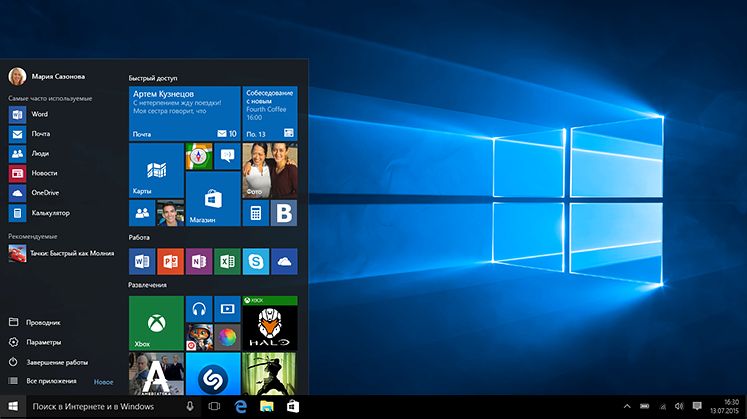The early adopters of Windows 10 were quick to receive a behemoth patch a day after the new OS had gone live. Here, we’ll try to weigh the pros and cons of this.
Previously published:
- Microsoft goes after the critical flaws and pushes updates the hard way
- Windows 10: keeping control over your data
Cons – a monster of a patch
Criticizing Microsoft’s products is a decades-long staple; currently there are less reasons for it (probably) than 15 or so years ago, but the past reputation lives on. On the surface, Microsoft has just given its seasoned critics a reason to say that the Redmond-based software giant has again released a half-baked product.
Indeed, the patch is rather large: roughly 500 Mb to download, it expands to over one gigabyte of data once its installation begins.
Welcoming #Windows10: A monster #patch
Tweet
What is being patched? Early last minutes bugs, some of them, according to Microsoft, “arrived” a bit too late to prevent them from making it into the final release, hence the traffic and disk devouring update.
This isn’t going to make businesses too happy. Downloading an extra 500 Mb may mean little, but distribution of the update over any reasonably large set of machines and devices and installing it is going to put a strain on infrastructure. Add possible sticks, delays, failures, and sudden incompatibilities, and there is definitely grounds for irritation.
On the brighter side, if Windows 10 is installed as an upgrade, any manual downloading won’t be necessary: The installation is automatically upgraded to the proper version.
Besides, it’s been five days and Microsoft must have already updated all the packages by now.
A reality check
Now, a couple of words about being half-baked. Microsoft released not just on a PC operating system, but a large cross-platform, “all-in-one” megalith, which was supposed to be equally good for both PCs and laptops, smartphones, tablets, and all the in betweens as well.
Microsoft hasn’t yet announced how many lines of code there are in Windows 10, but in Windows 8 there are roughly 40+ million lines. Imagine the scale. And the possibility for errors and bugs.
Beta testing and early adoption programs are created exactly for the sake of taking out all possible bugs – the collective mind of a multitude of users would definitely work way better than an in-house bug hunting department of any single corporation, even as large as Microsoft. Still, we see even that approach may lag behind.
Crowdsource works fine, but not always well enough #Windows10
Tweet
Pros – not so monster, after all
Now, the positives: A gigabyte-sized patch isn’t really a big deal these days: a gigabyte in, a gigabyte out, is there so much to worry about? – pun intended. Operating systems today are extremely complex as they have to support an immense “zoo” of diverse hardware, so multi-gigabyte heaps of files in the C:Windows folder are the norm – an unfortunate one, perhaps, but still normal. Patches of that size become common as well. Some recent games, for instance, received patches way bigger – Mortal Kombat X made headlines with a 15 GB patch, making this Windows patch here look humble.
But the most important thing is that Microsoft decided to issue the patch quickly, without waiting for the scheduled date – i.e. without keeping the users exposed to errors and flaws.
This is already well in line with its promises of going hard after the bugs and to press users to install updates ASAP. And given the current situation with security, it is likely the optimal course of action, especially due to Microsoft’s status as a manufacturer of the world’s most used OS. As such, it has a great responsibility to cybersecurity in general.
And, on the gloomier side, the default mode of users’ data gathering in Windows 10 goes a bit over the top, which makes a much more serious concern for businesses and individual users who are cautious about their privacy. But there are ways to disable most of those functions and decrease the “curiosity level” of a new OS.
Windows 10 was launched to general availability on July 29th. The feedback so far is mixed, which isn’t unusual with new versions of Windows. Some say it’s the best Windows since XP, some call for caution. Security-wise and business-wise it looks promising (and those “draconic” measures of pushing patches hard are promising, too), but we’re yet to see how well it will fare. Regardless, Kaspersky Lab’s products will be there to protect.
It has taken off to a good start, however: According to this morning’s figures, over 67 million people have downloaded and installed Windows 10.
Welcome, the new operating system.
 security
security

 Tips
Tips